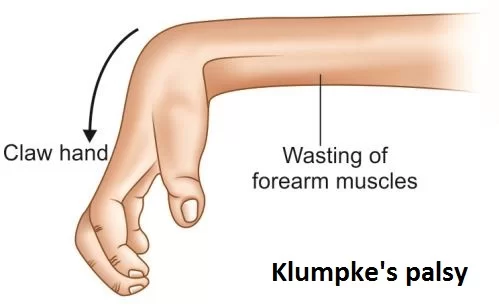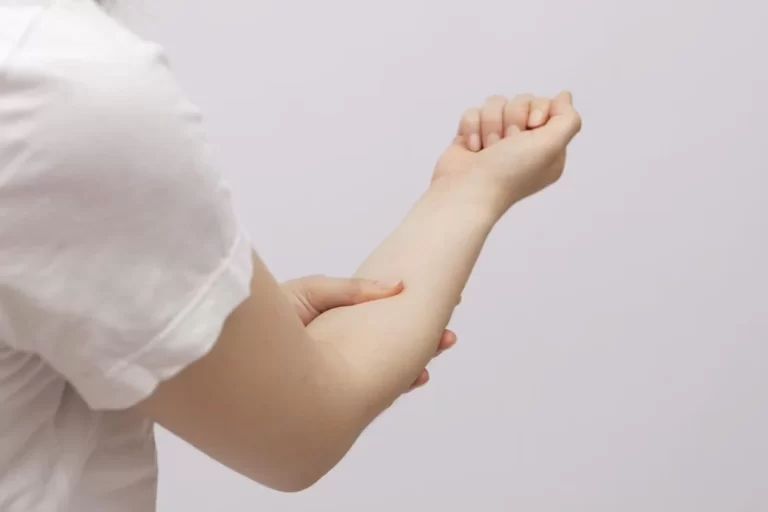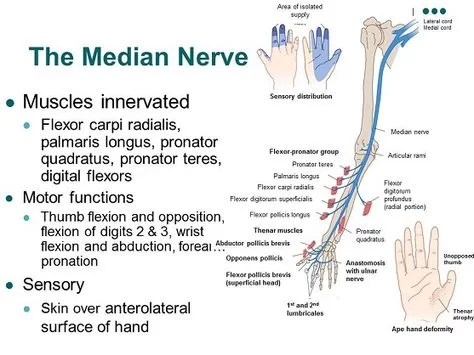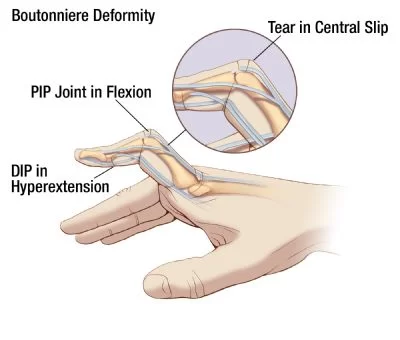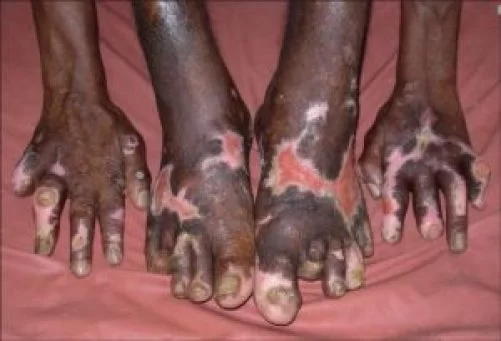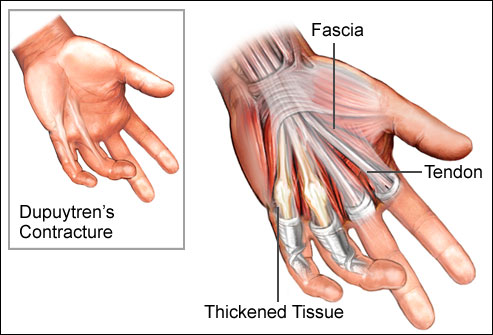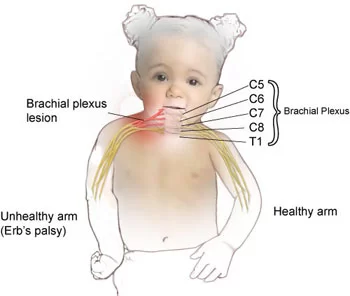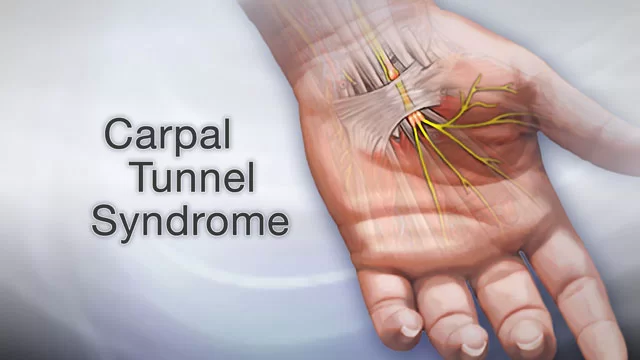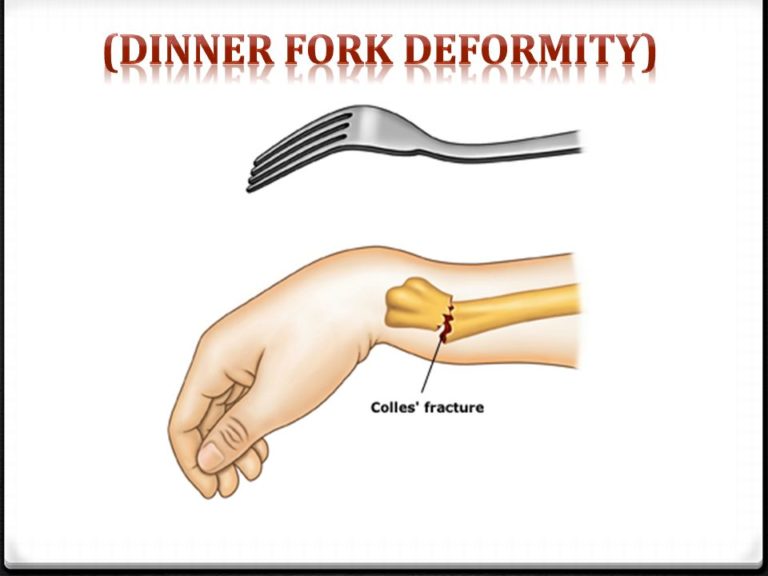Klumpke’sPalsy
What is Klumpke’s Palsy? Klumpke’s palsy, named after Augusta Dejerine-Klumpke, is neuropathy that involves the lower part of the brachial plexus.Usually, the 8th cervical and 1st thoracic nerves are commonly injured either before or after they have joined to form the lower trunk. This injury leads to a stretching (neuropraxia,), tearing (called “avulsion” when the…

